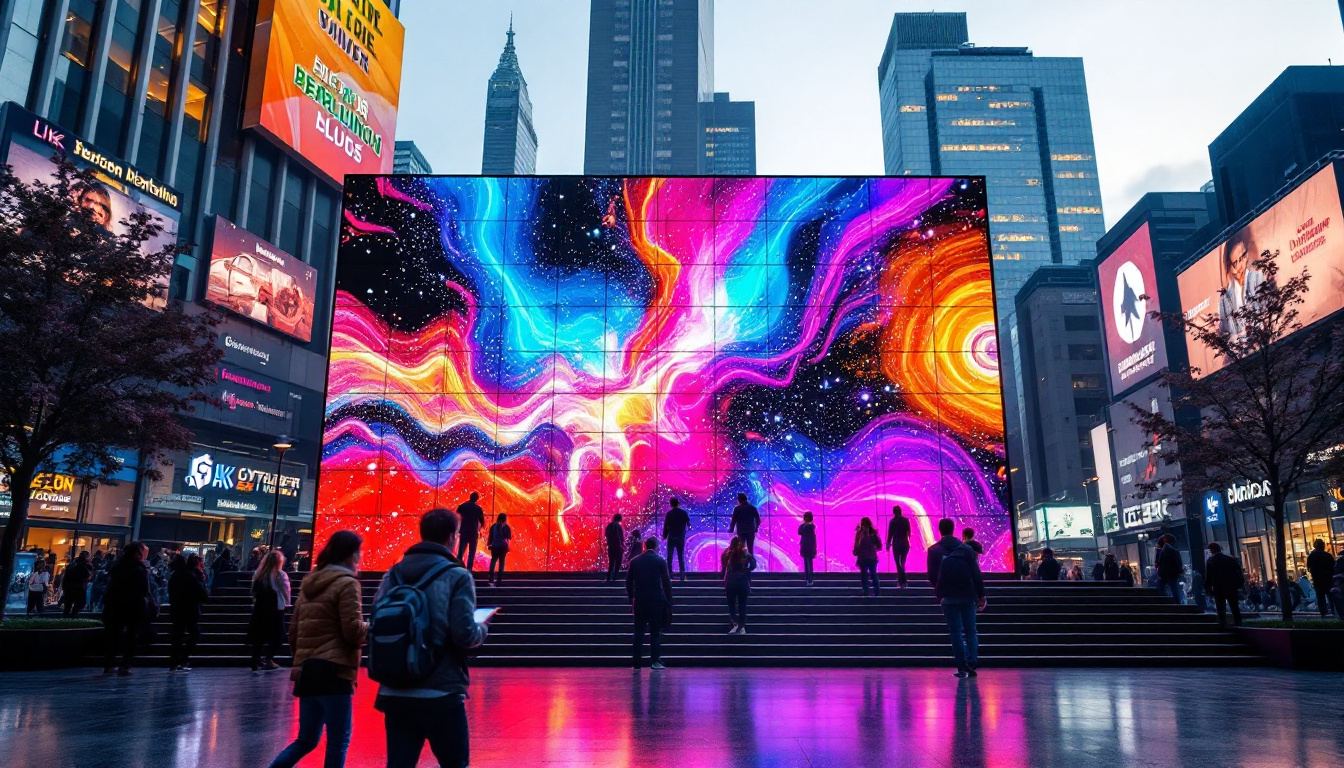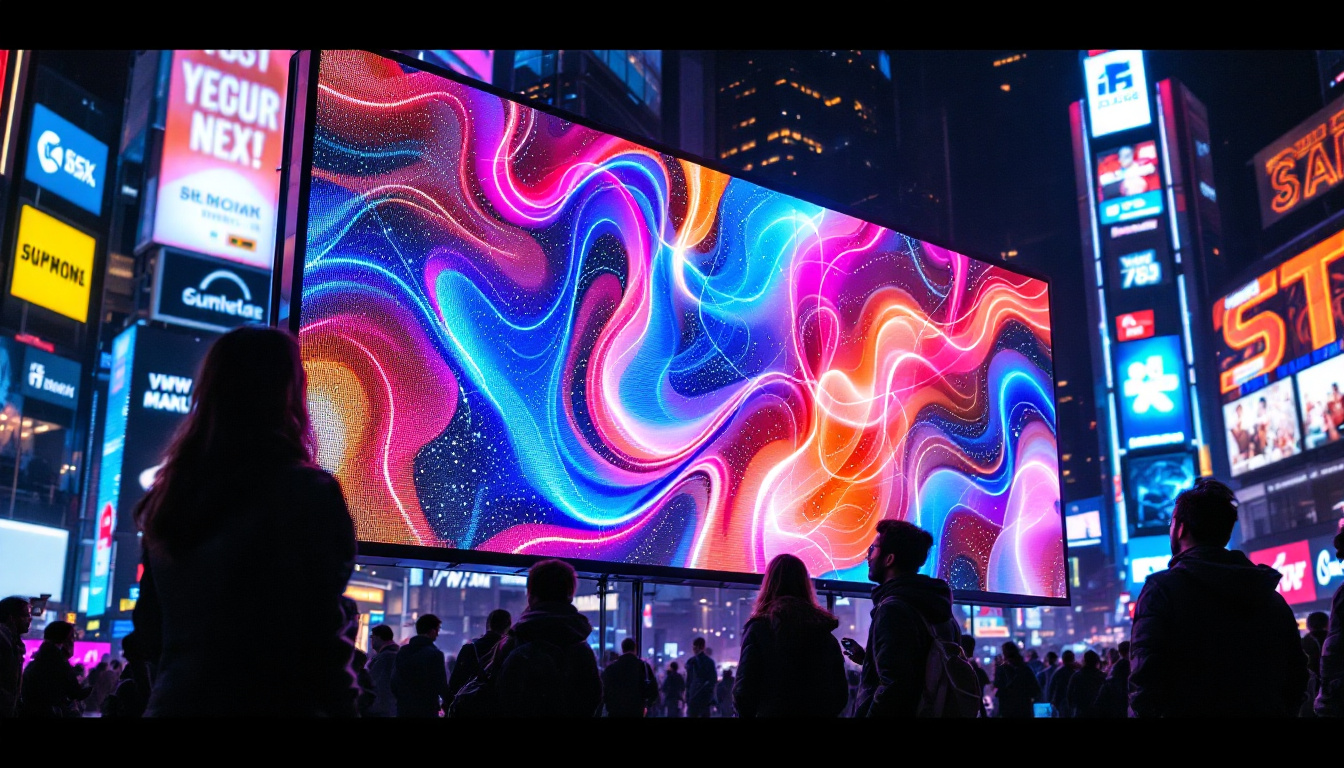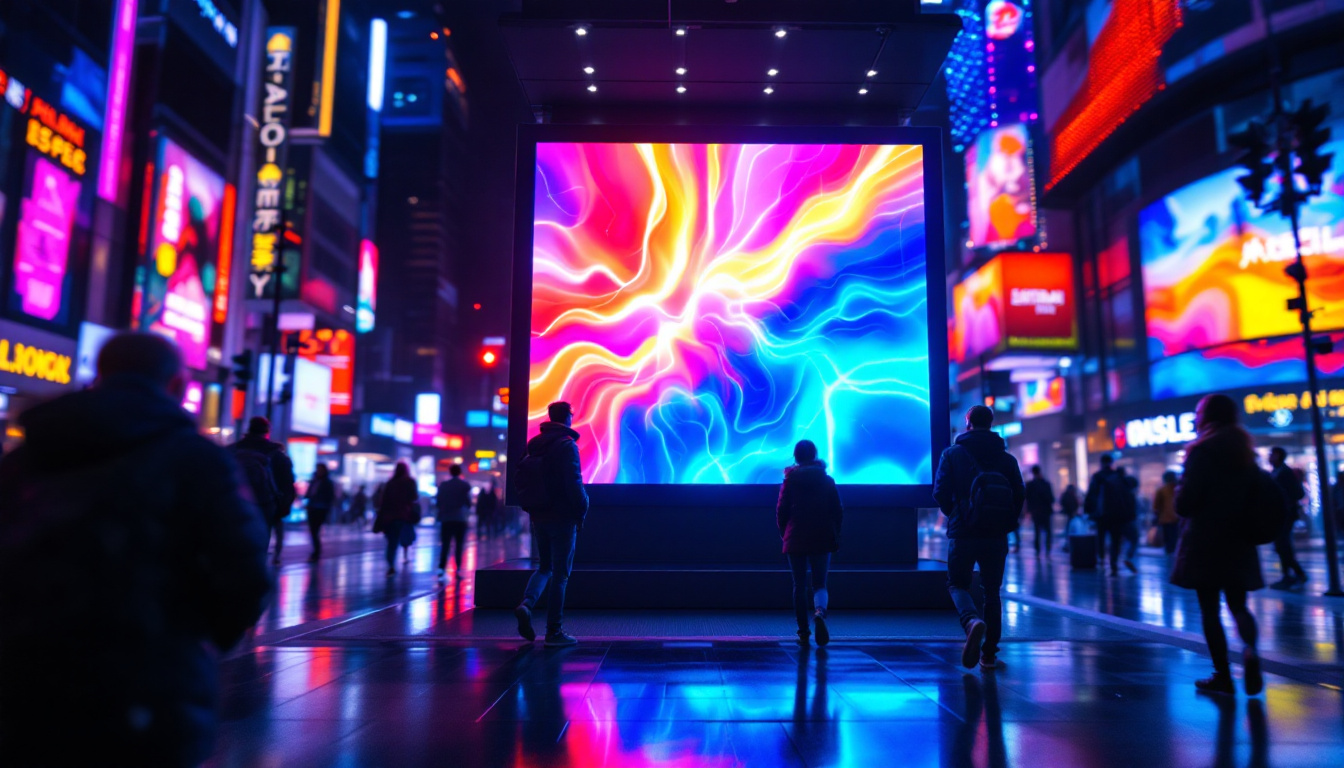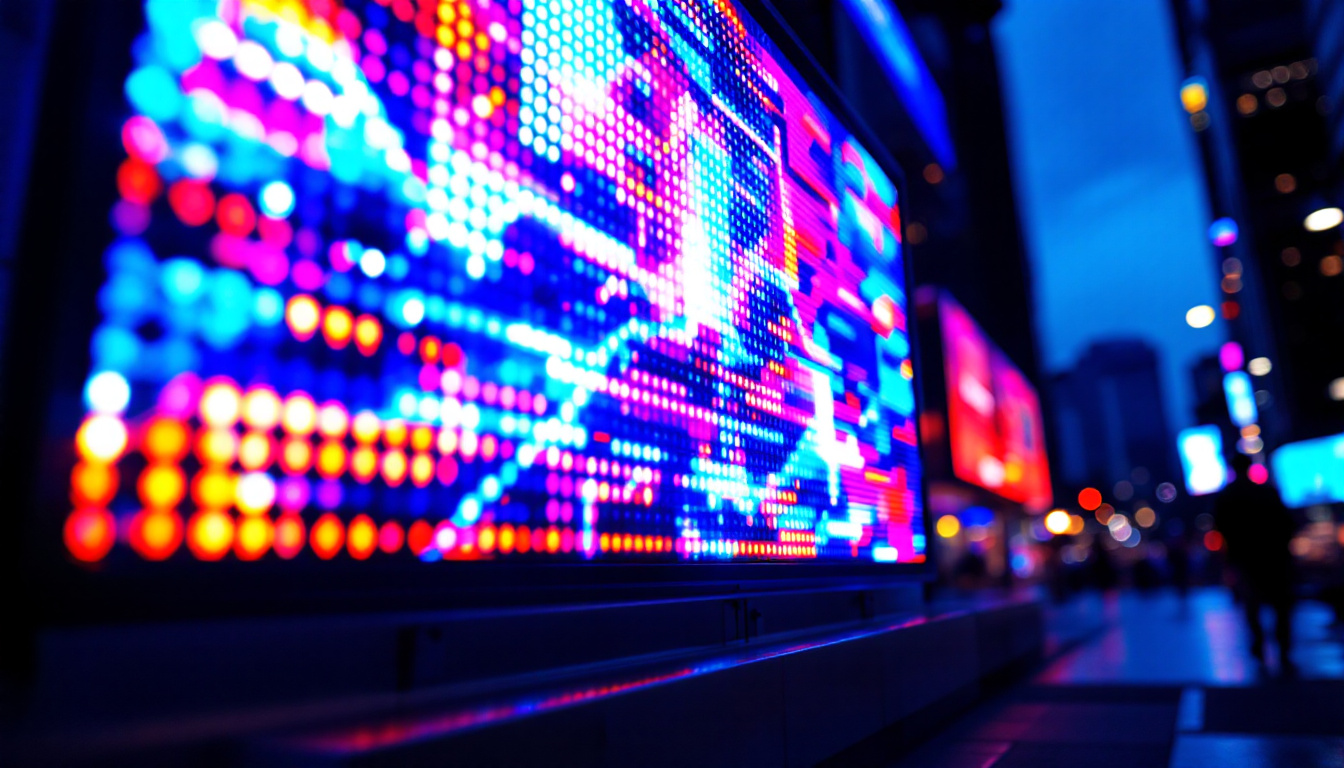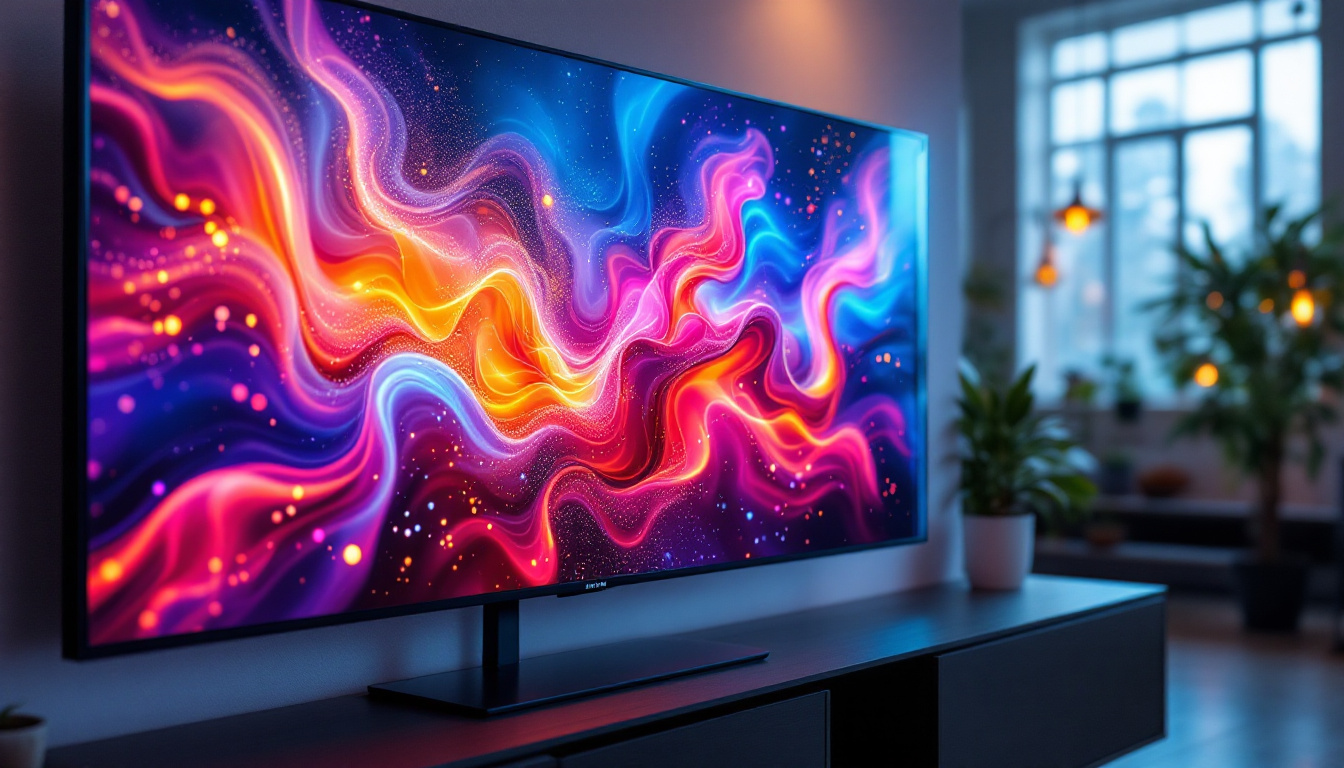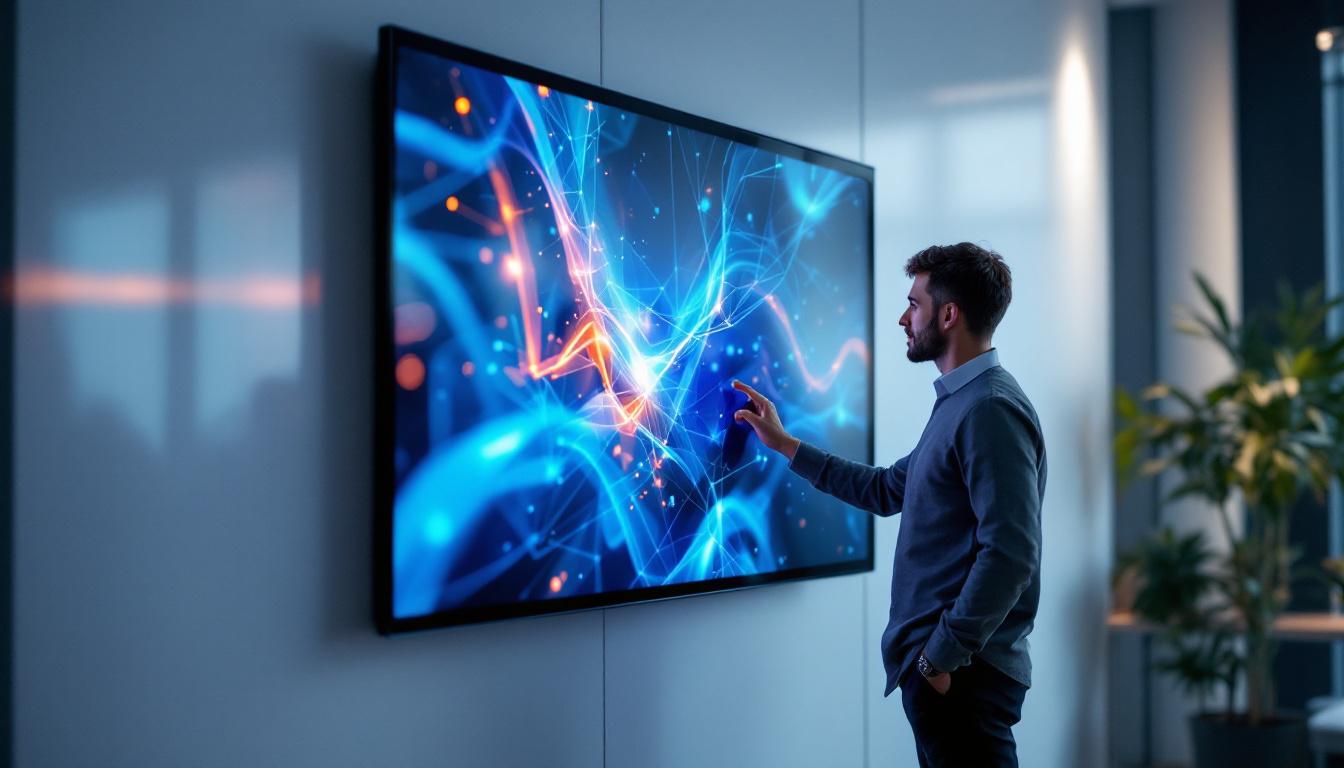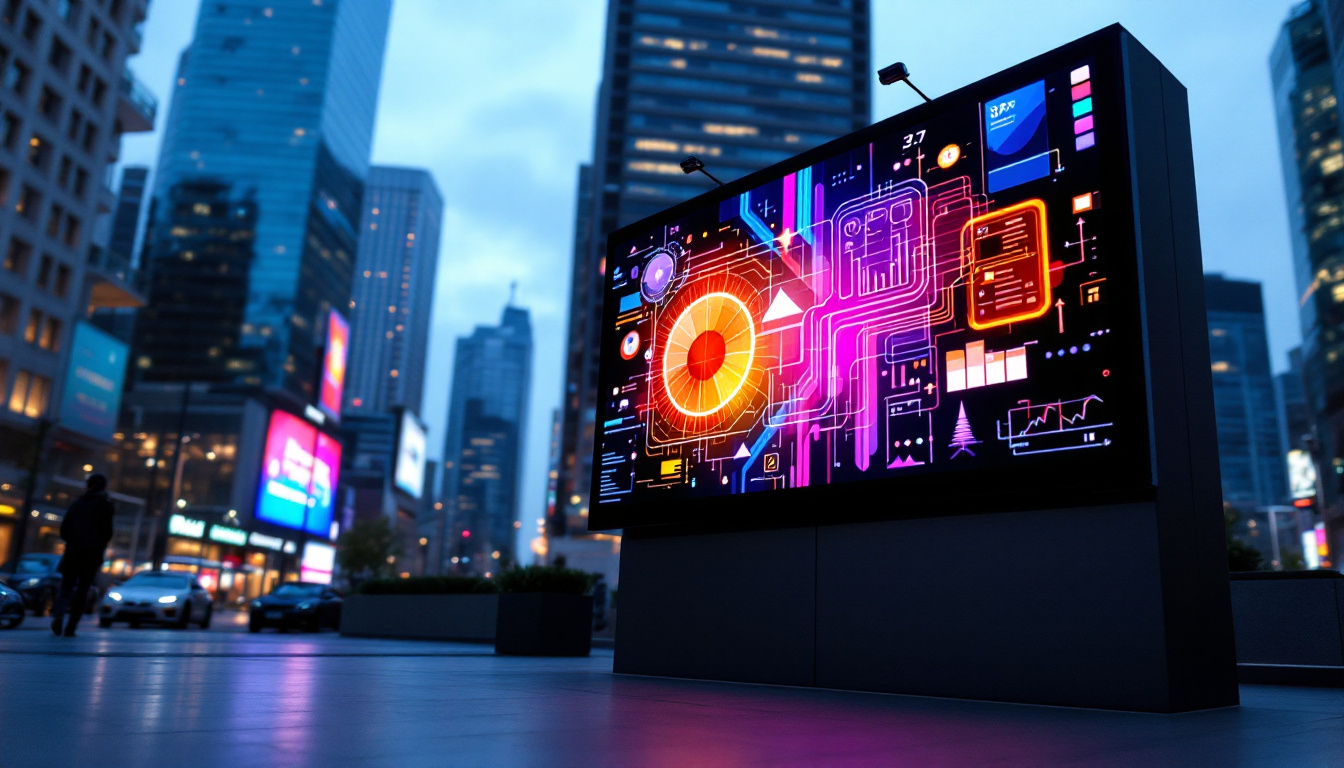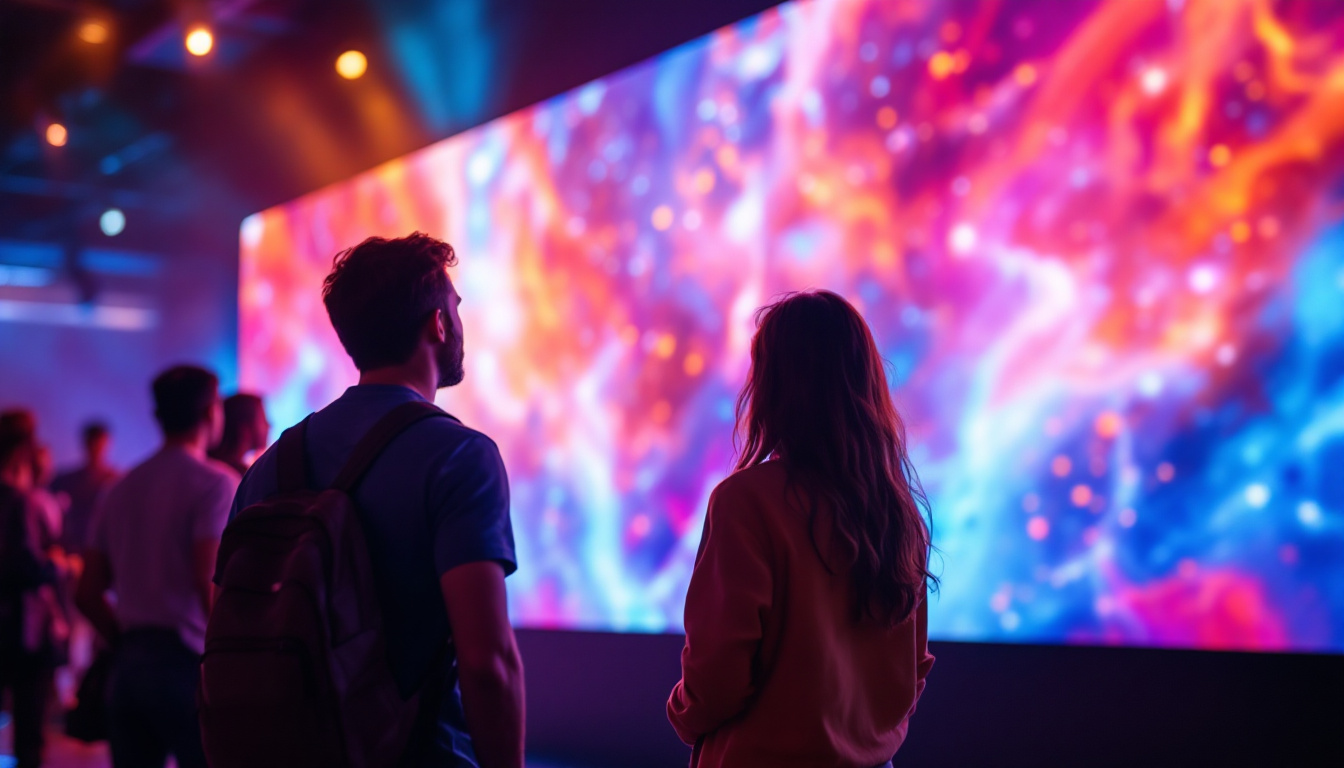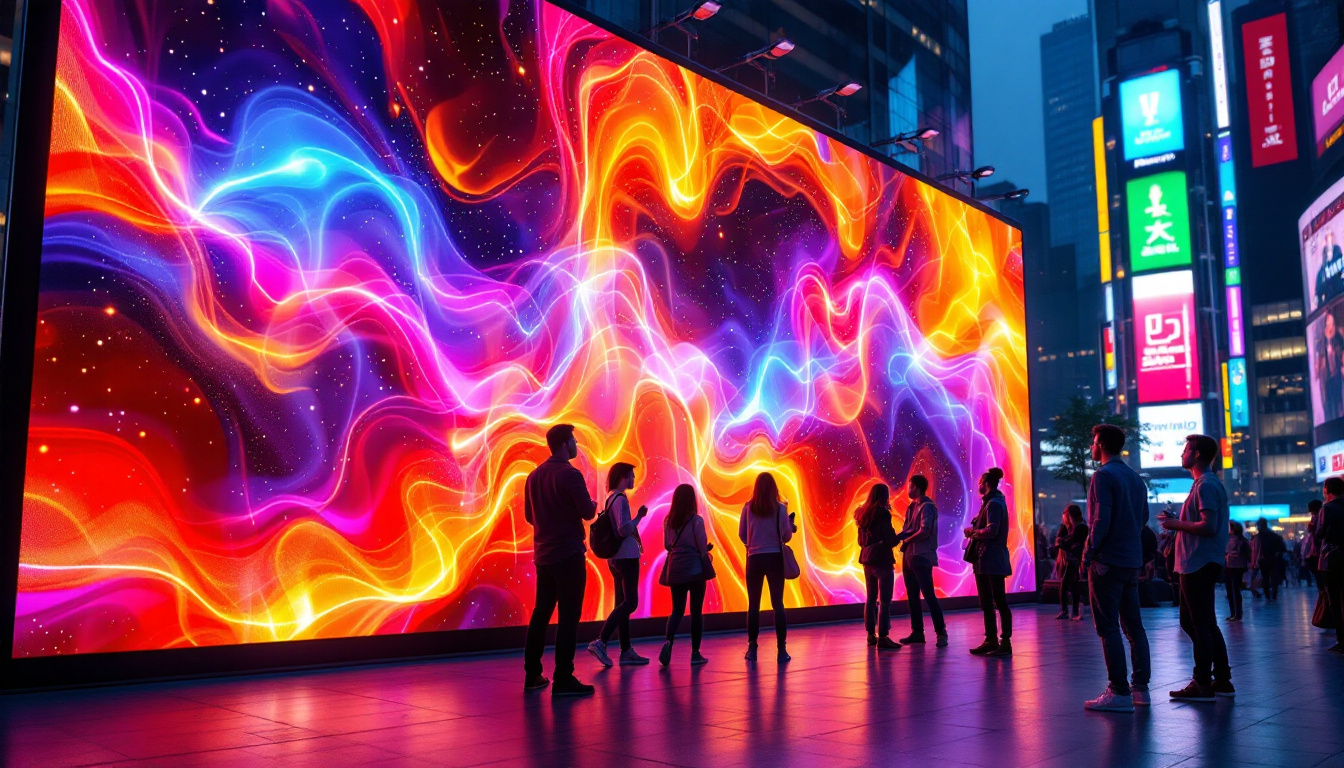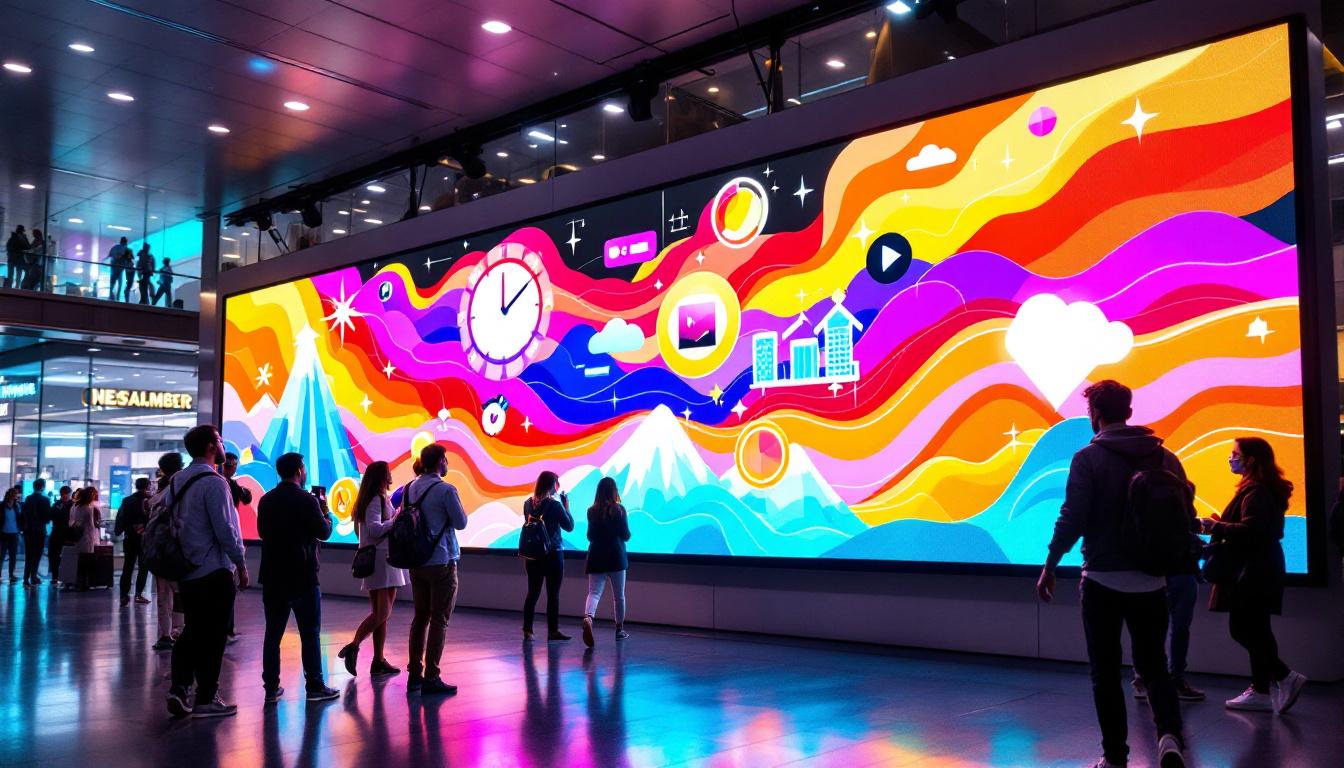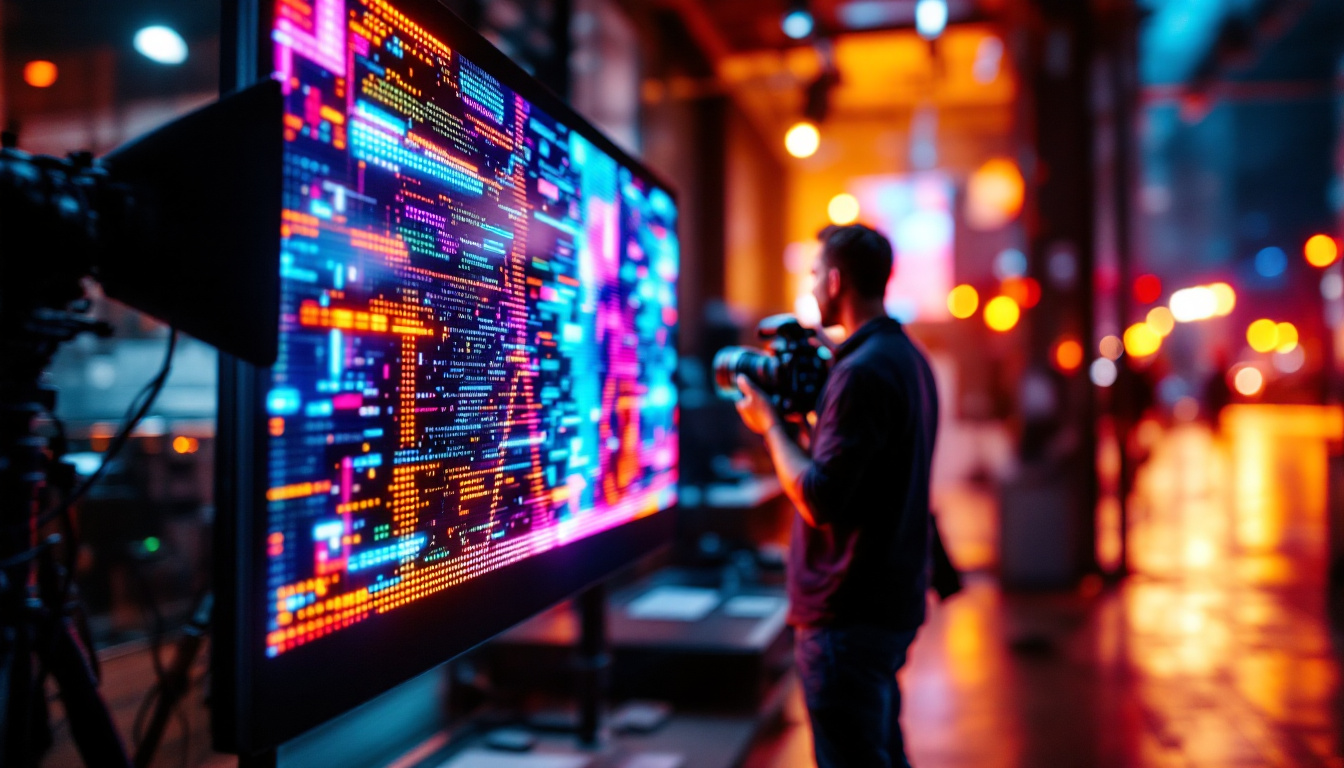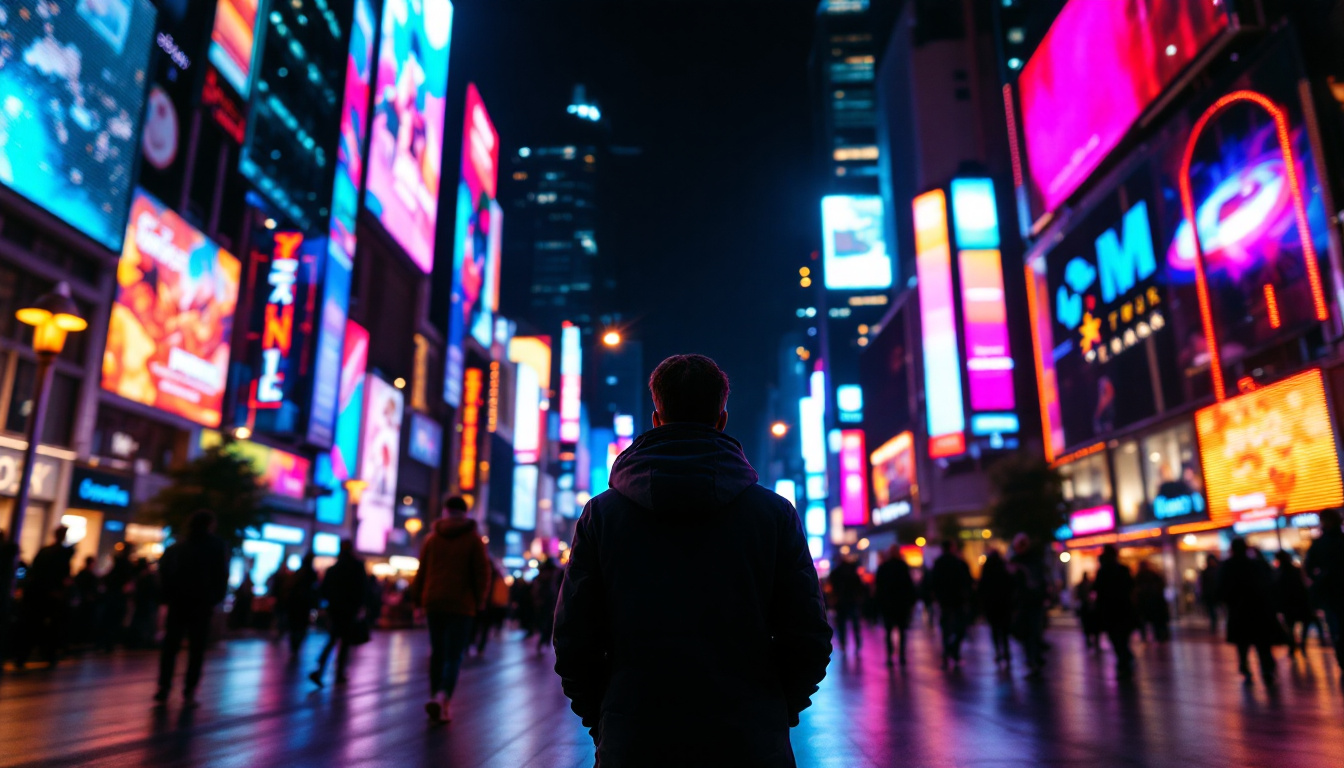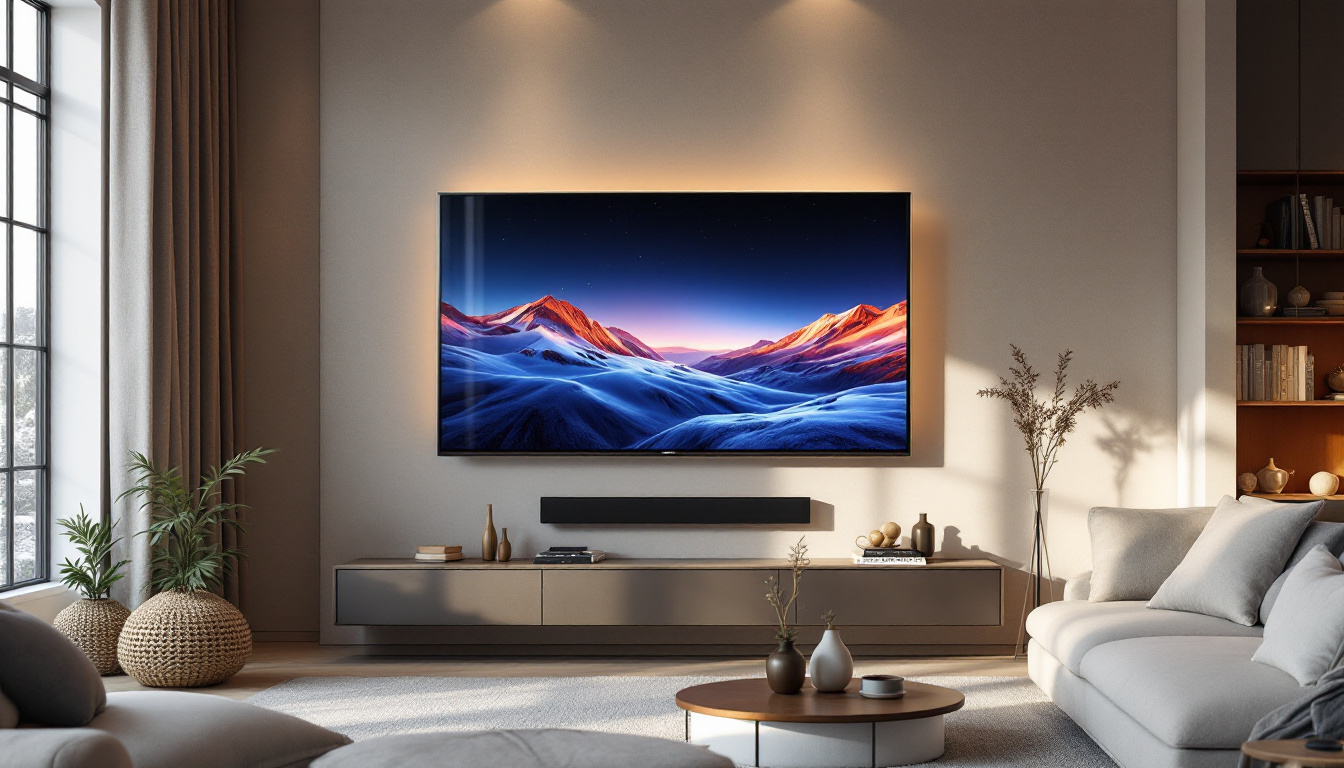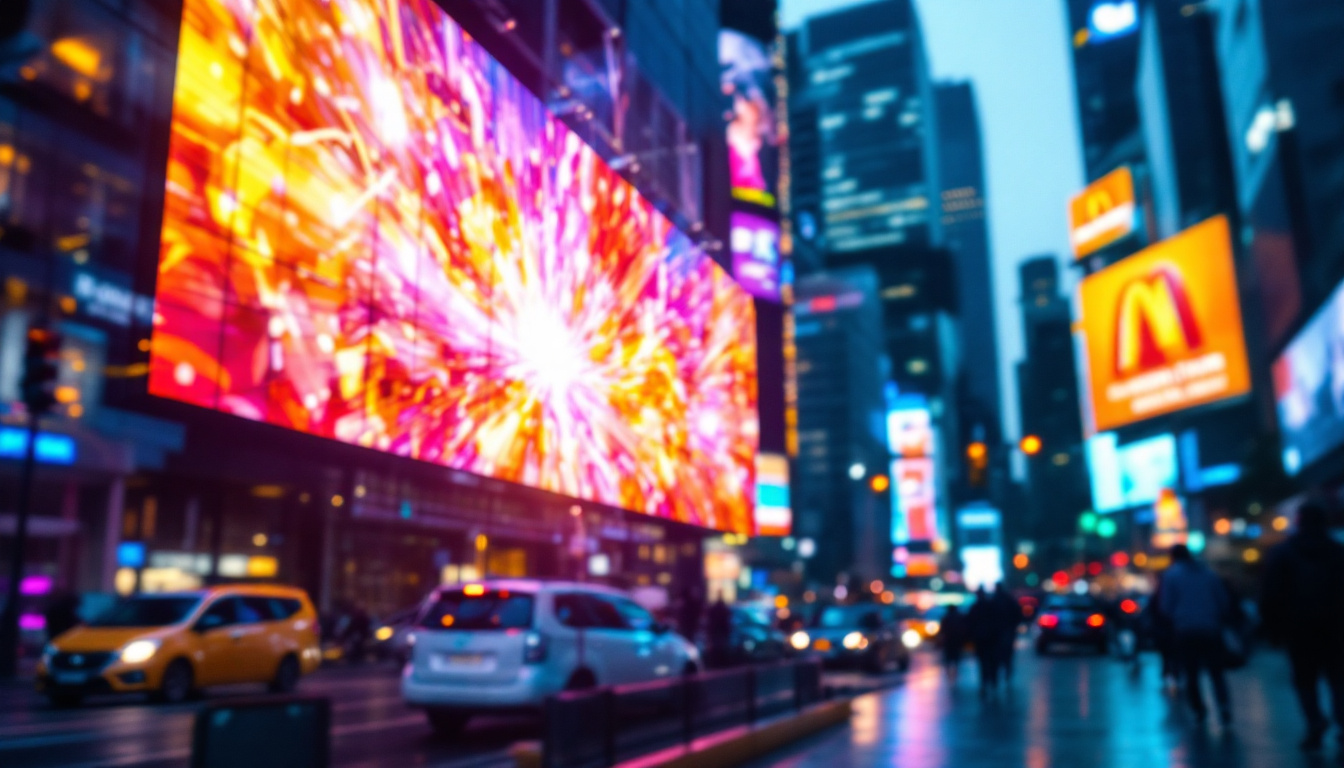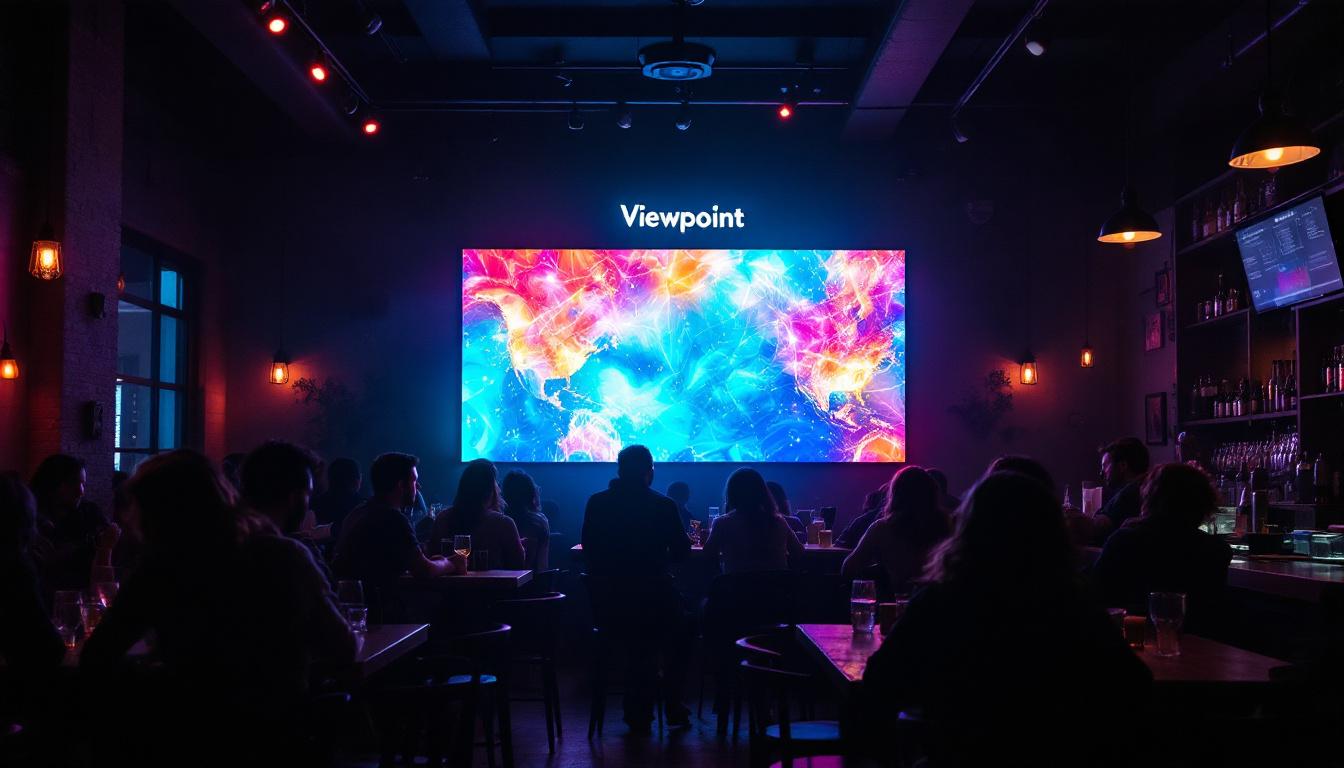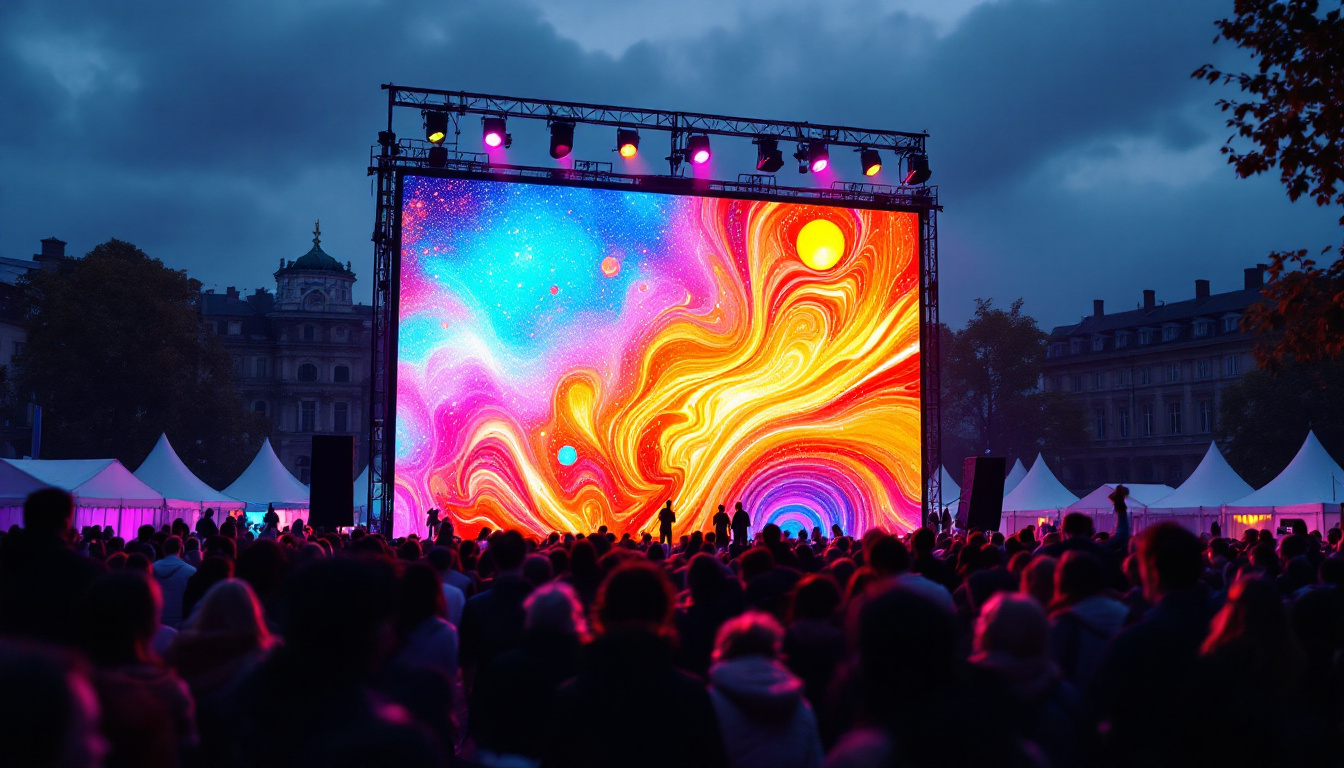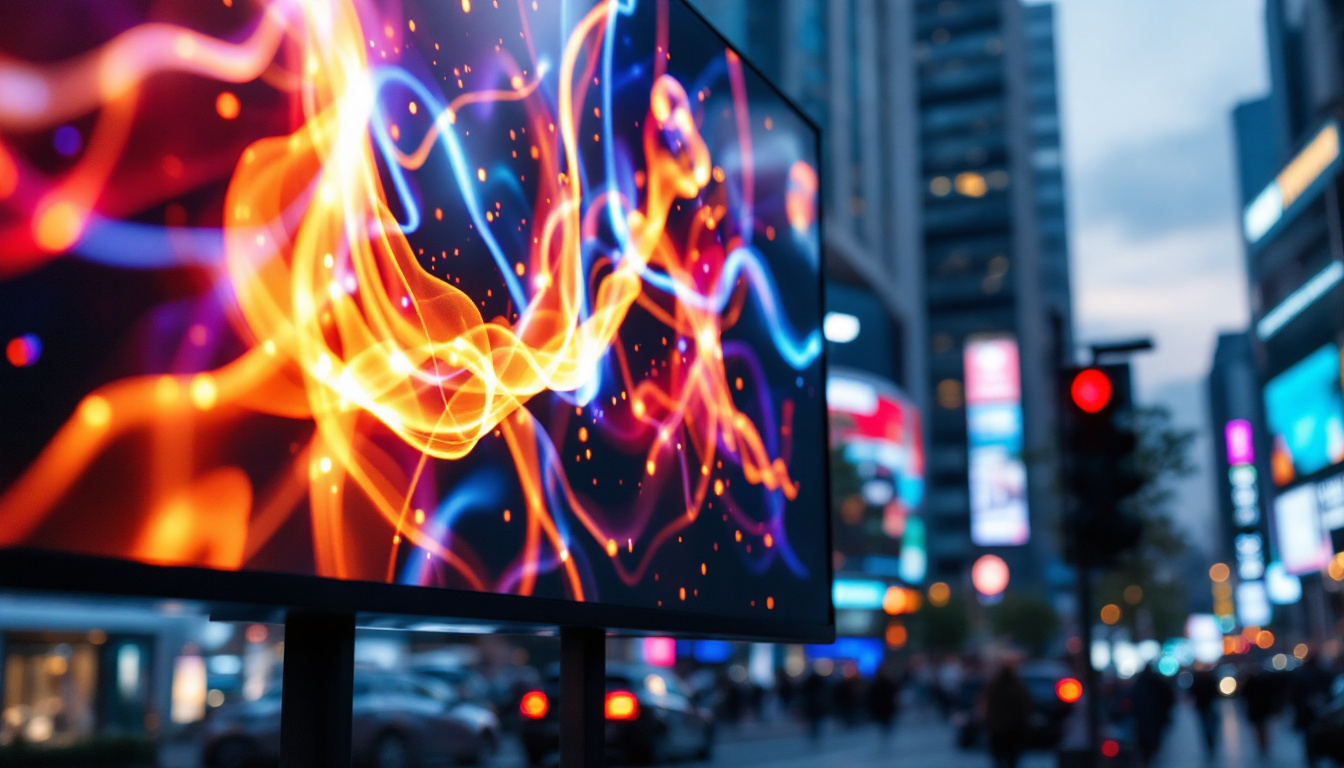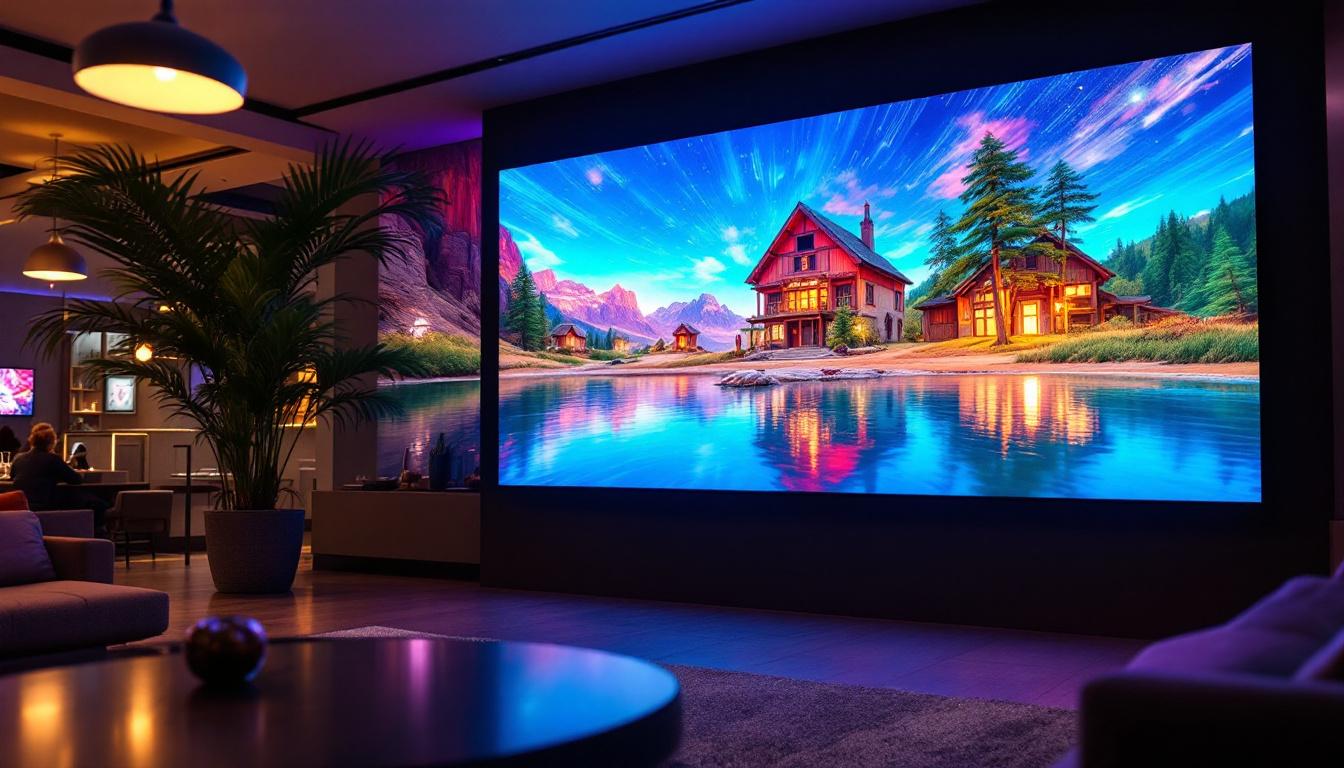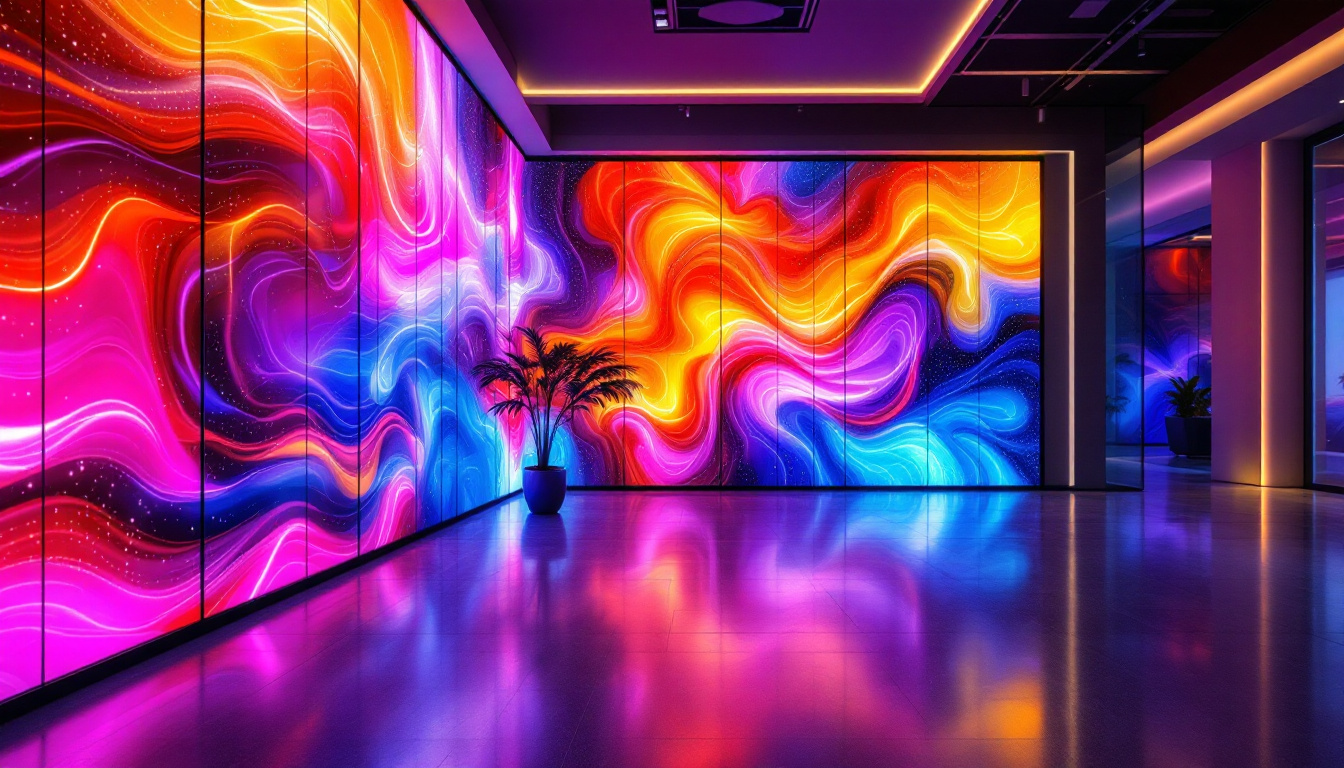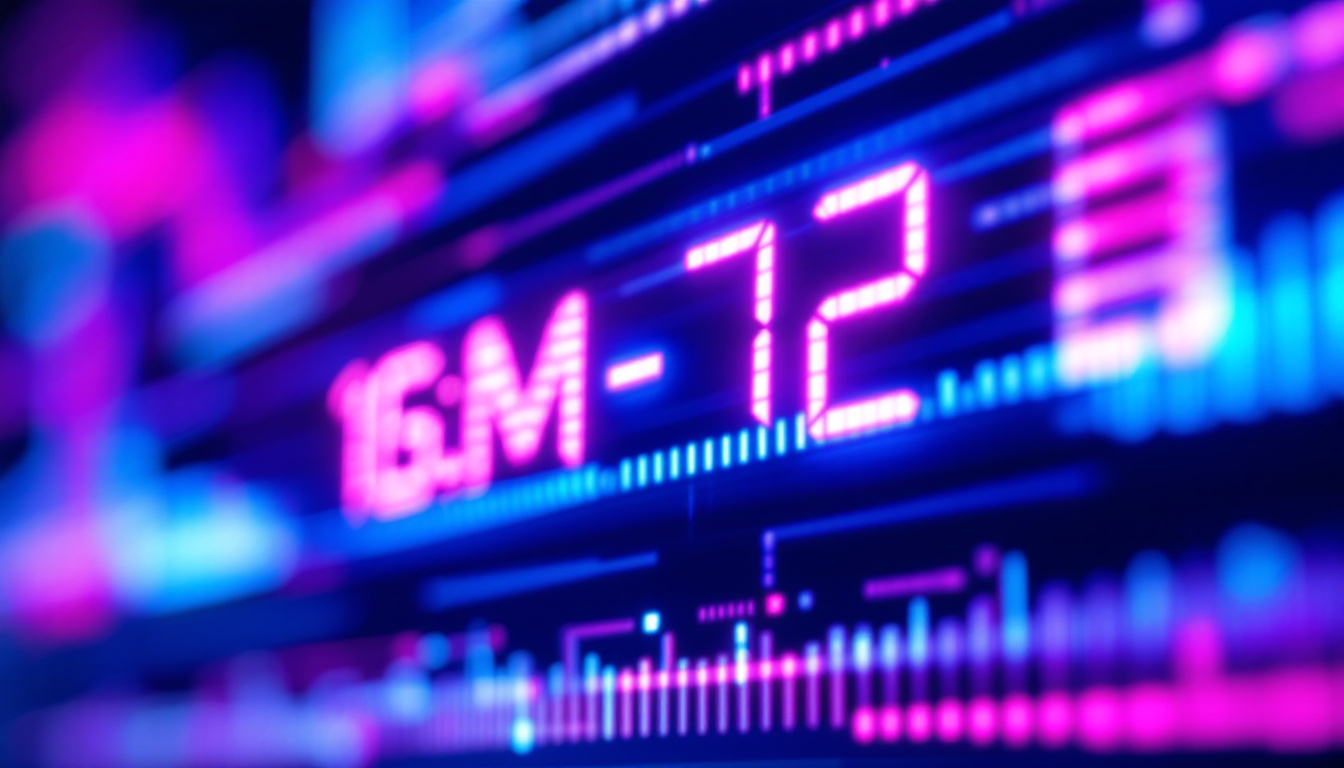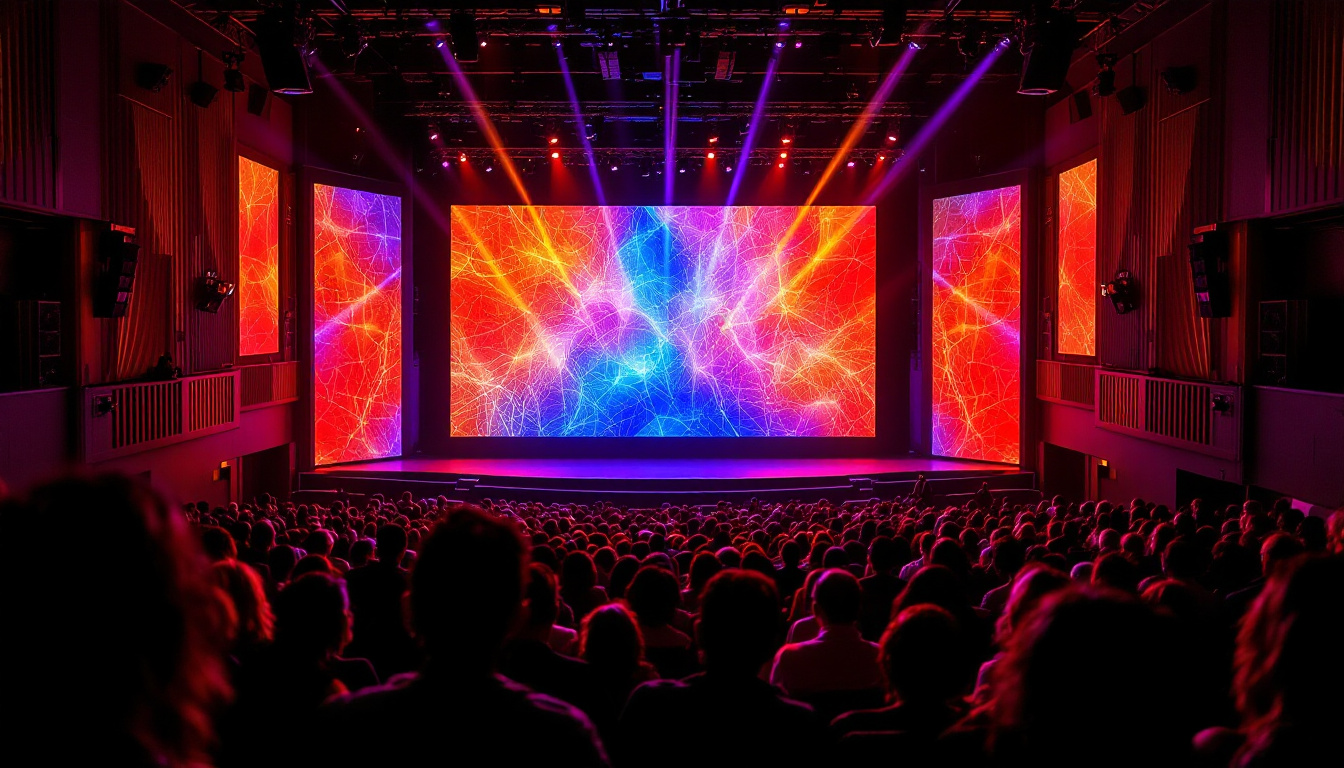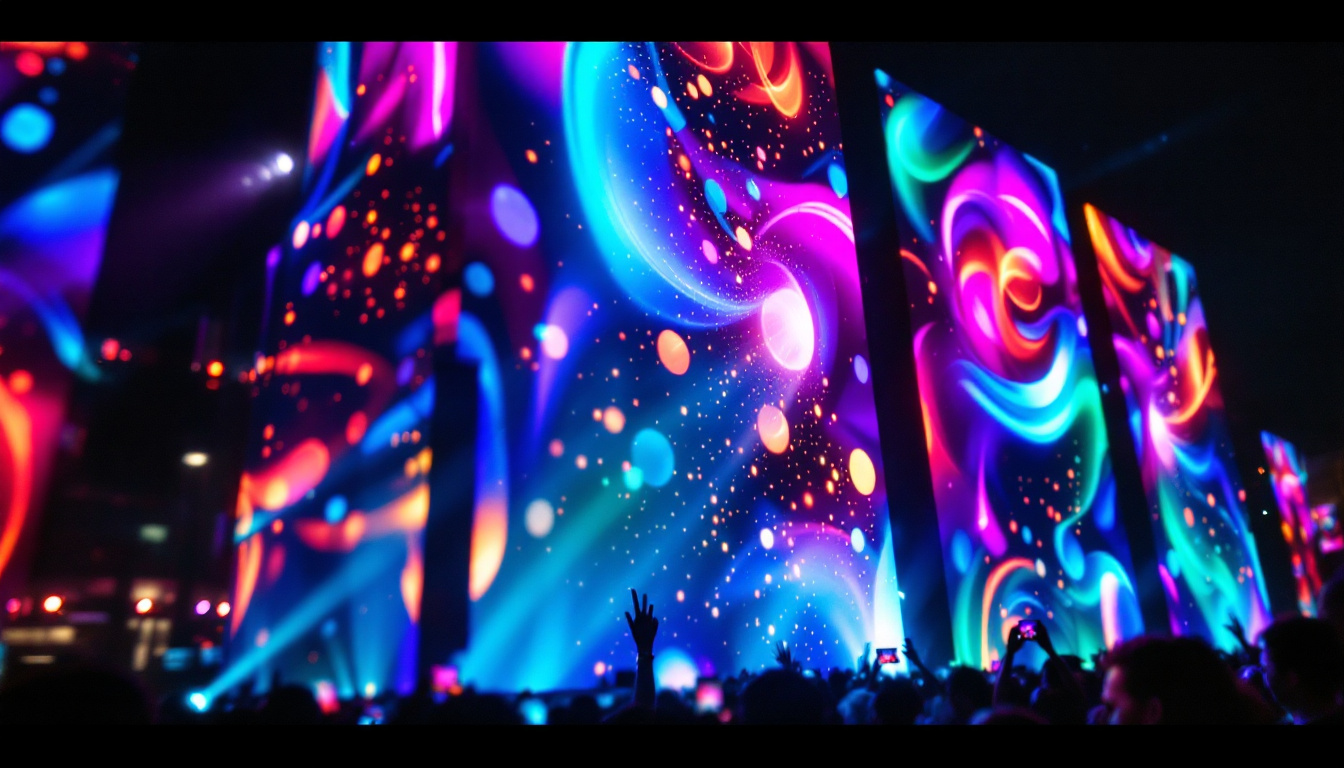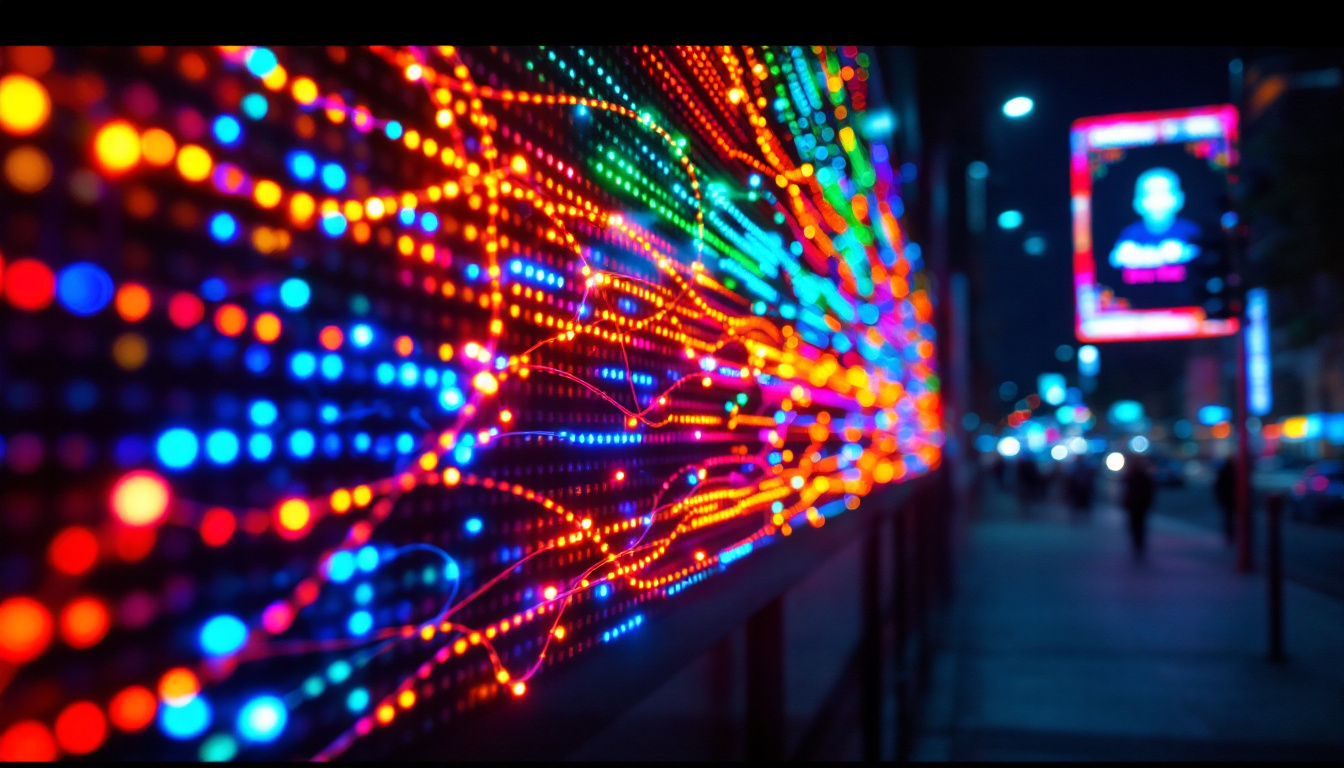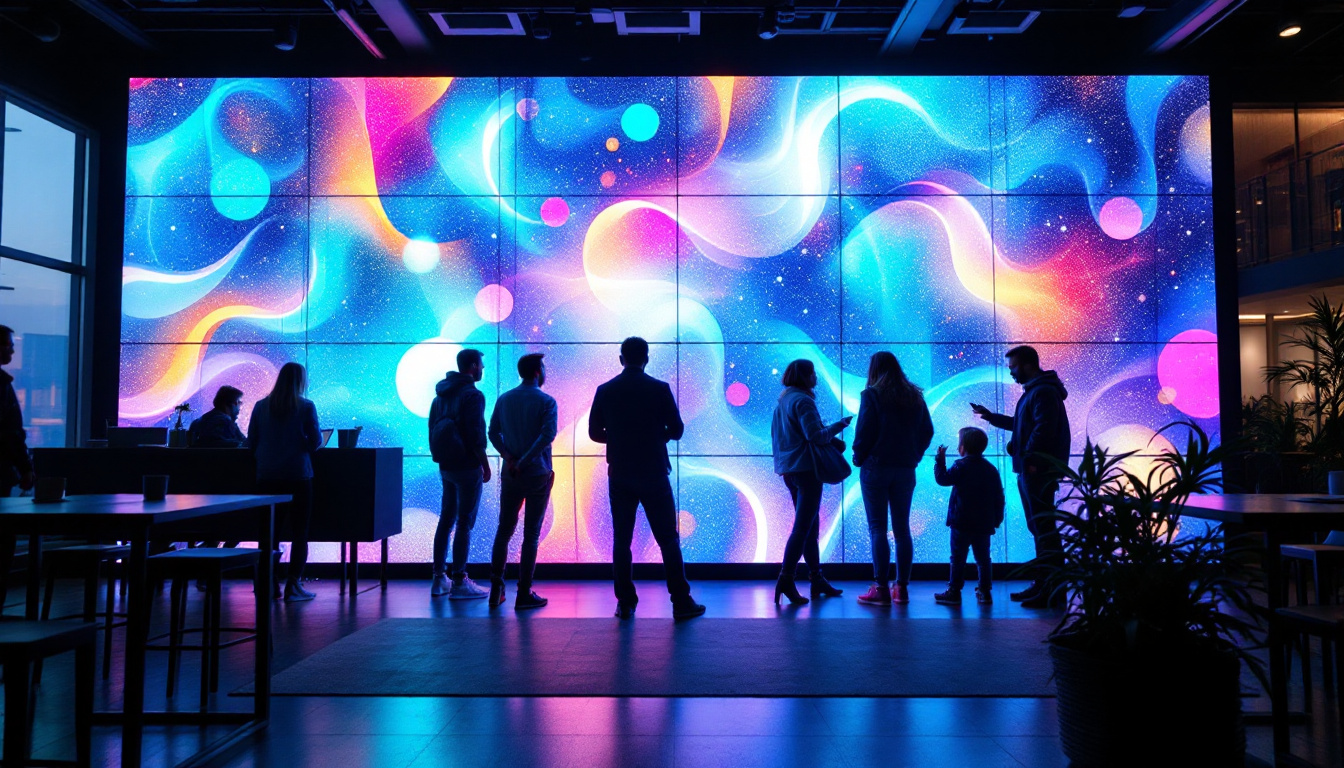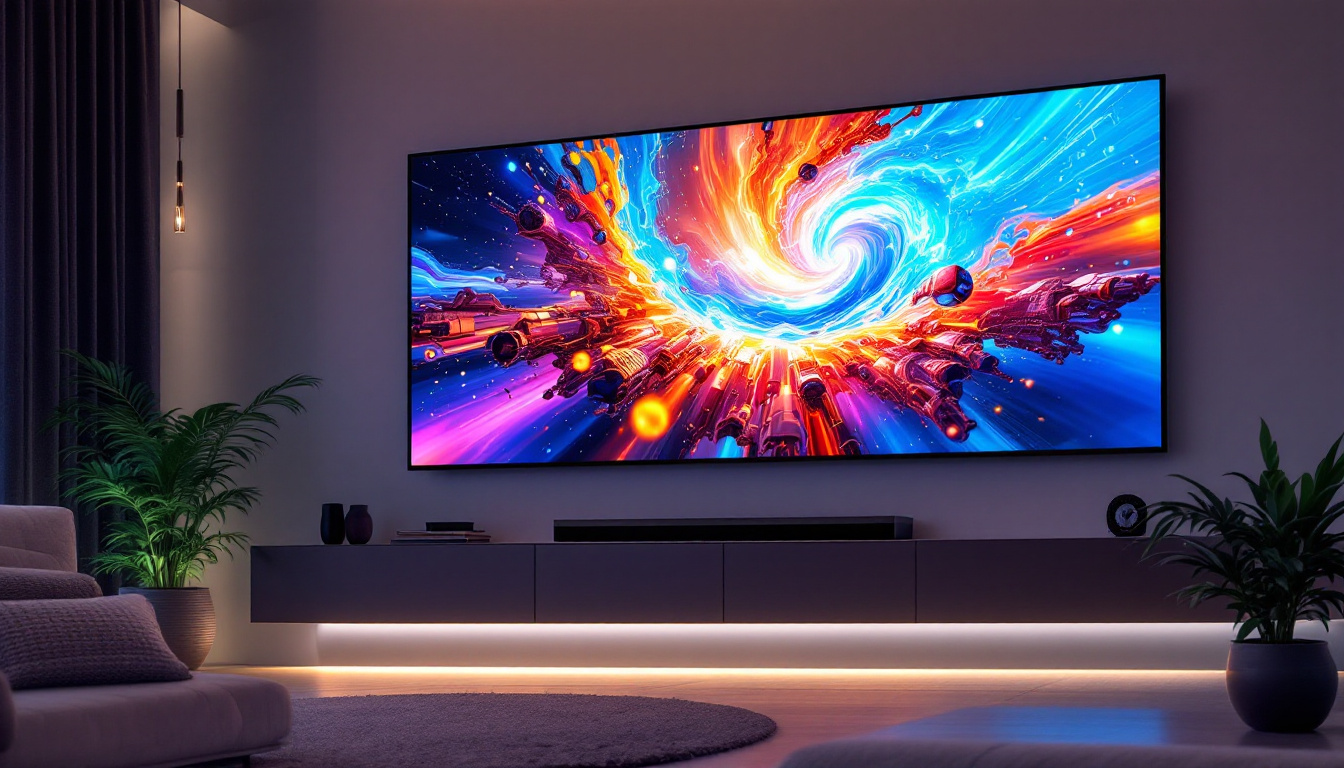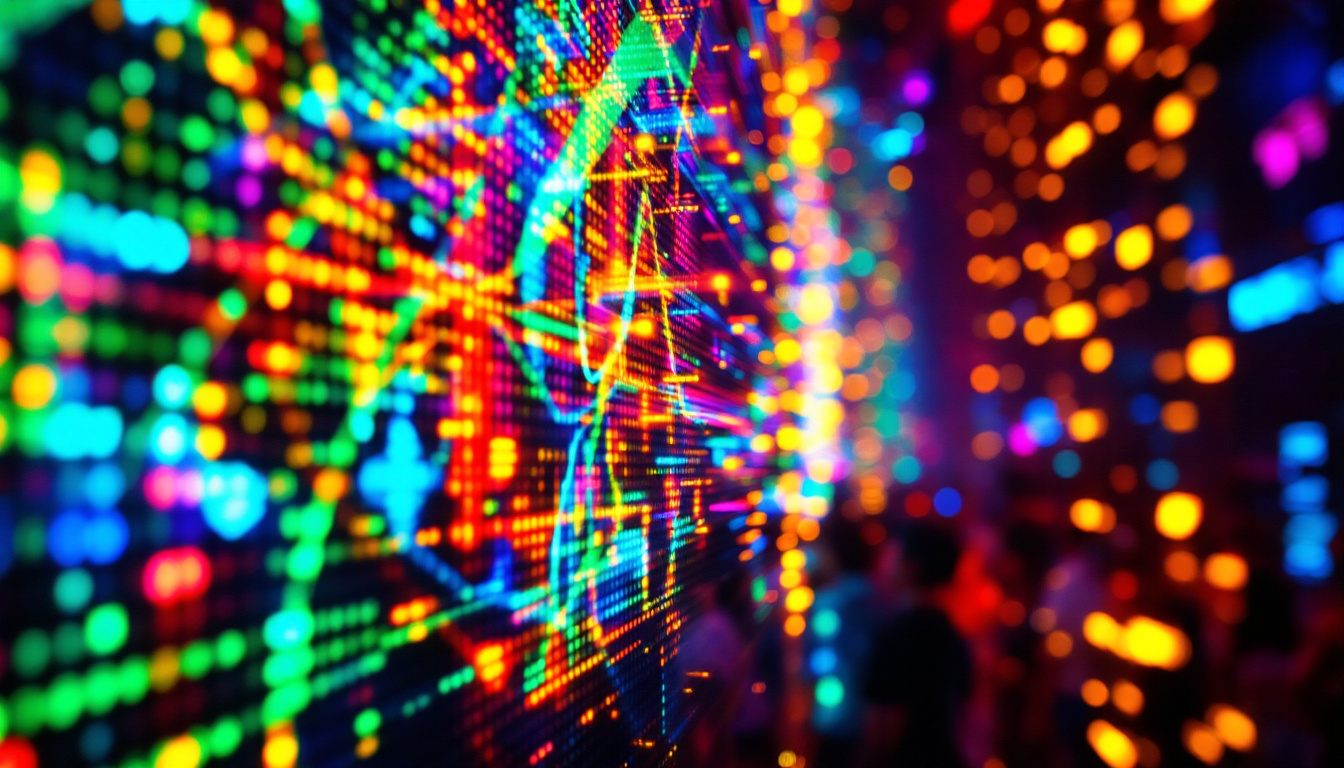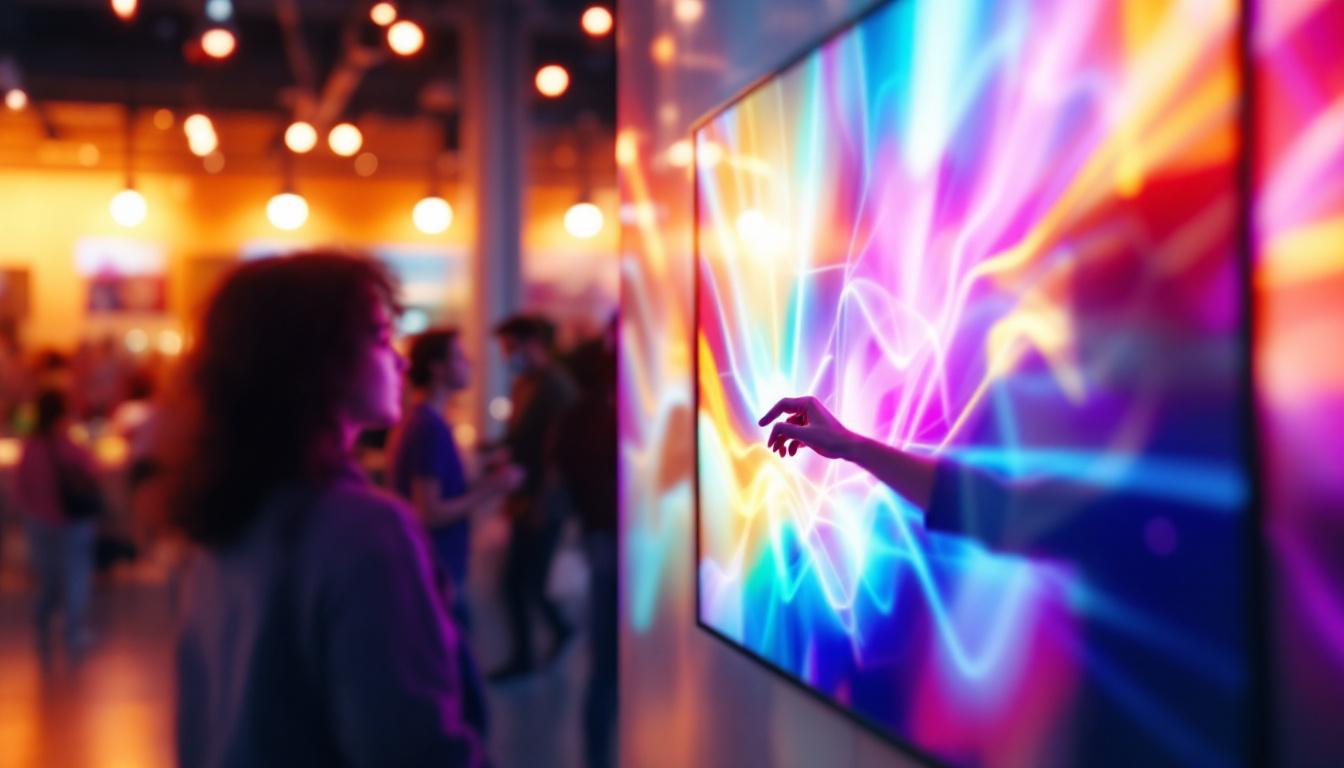In the world of visual technology, LED displays have become a cornerstone of modern communication and advertising. Their vibrant colors, energy efficiency, and versatility make them a popular choice for various applications, from billboards to indoor displays. This article delves into the intricacies of LED displays, exploring their technology, benefits, and applications.
Understanding LED Technology
LED, or Light Emitting Diode, is a semiconductor device that emits light when an electric current passes through it. This technology has evolved significantly over the years, leading to the development of LED displays that are now ubiquitous in both public and private spaces. The versatility of LED technology has not only transformed the way we illuminate our environments but has also paved the way for innovations in various fields, including automotive lighting, architectural design, and even horticulture.
How LED Displays Work
At the core of an LED display are numerous tiny diodes that emit light in various colors. These diodes are arranged in a grid format, allowing for the creation of images and videos when powered. Each pixel on the display is made up of red, green, and blue (RGB) sub-pixels, which can be combined in different intensities to produce a full spectrum of colors. This RGB combination is crucial for achieving vibrant visuals, as it enables the display to render a wide array of hues and shades, enhancing the viewing experience.
The process of displaying an image involves converting digital signals into light through these diodes. The display controller processes the incoming data and sends it to the appropriate pixels, enabling the rapid refresh rates that LED displays are known for. This technology allows for dynamic content that can change in real-time, making it ideal for advertisements and live events. Furthermore, the energy efficiency of LED technology means that these displays consume significantly less power compared to traditional lighting methods, contributing to lower operational costs and a reduced carbon footprint.
Types of LED Displays
There are several types of LED displays, each designed for specific applications. The most common types include:
- Direct View LED Displays: These displays consist of individual LED modules that can be combined to create large screens. They are commonly used for outdoor advertising and large events.
- LED Video Walls: Composed of multiple LED panels, video walls create a seamless display for showcasing videos and images in high resolution. They are often used in control rooms, auditoriums, and retail environments.
- LED Backlit Displays: These displays utilize LEDs to illuminate an LCD panel from behind. This technology enhances color accuracy and contrast, making it popular in televisions and computer monitors.
In addition to these common types, there are also specialized LED displays such as transparent LED screens, which allow for visibility through the display while still providing vibrant images. These are often used in retail environments to create eye-catching advertisements without obstructing views. Another interesting variant is the flexible LED display, which can be bent and shaped to fit unconventional surfaces, opening up new possibilities for creative installations in art and design. The continuous advancements in LED technology promise even more innovative applications in the future, further integrating this dynamic medium into our daily lives.
Advantages of LED Displays
LED displays offer a multitude of advantages over traditional display technologies, making them a preferred choice for many applications. Their benefits range from energy efficiency to superior image quality.
Energy Efficiency
One of the standout features of LED displays is their energy efficiency. Compared to traditional incandescent or fluorescent lighting, LEDs consume significantly less power while providing brighter output. This not only reduces electricity costs but also contributes to a lower carbon footprint, making LED displays an environmentally friendly option. Furthermore, the reduced heat output of LED technology means that air conditioning systems do not have to work as hard to maintain a comfortable temperature in environments where these displays are used, leading to additional energy savings.
Longevity and Durability
LED displays are known for their long lifespan, often exceeding 50,000 hours of use. This durability makes them an excellent investment for businesses, as they require less frequent replacements. Additionally, LED technology is more resistant to shock and vibration, making it suitable for outdoor environments where harsh conditions may be present. The robust nature of LED displays also means they can withstand extreme temperatures and humidity levels, which is particularly beneficial for outdoor advertising and signage that must endure the elements without compromising performance.
High-Quality Visuals
The ability of LED displays to produce vibrant colors and high contrast ratios is unparalleled. With advancements in technology, modern LED displays can achieve resolutions that rival traditional LCD and OLED screens. This quality makes them ideal for applications where visual impact is crucial, such as advertising, entertainment, and event presentations. Moreover, the wide viewing angles of LED displays ensure that the content remains clear and vivid from various perspectives, making them perfect for crowded spaces like stadiums or busy retail environments. The integration of features such as dynamic refresh rates and adaptive brightness further enhances the viewing experience, allowing for stunning visuals that capture and retain audience attention.
Applications of LED Displays
LED displays are versatile and can be found in a wide range of settings. Their adaptability allows them to serve various industries effectively.
Advertising and Marketing
In the advertising sector, LED displays have revolutionized how brands communicate with consumers. Digital billboards and signage can display dynamic content that attracts attention and engages audiences. The ability to change messages quickly allows businesses to promote special offers or events in real-time, maximizing their marketing efforts.
Events and Entertainment
From concerts to corporate events, LED displays play a crucial role in enhancing the visual experience. Large video walls can display live feeds, graphics, and animations, creating an immersive environment for attendees. Additionally, the flexibility of LED technology allows for creative installations, such as stage backdrops or interactive displays.
Transportation and Wayfinding
LED displays are increasingly used in transportation hubs, such as airports and train stations, for information dissemination. They provide real-time updates on schedules, delays, and directions, ensuring passengers are well-informed. The clarity and visibility of LED displays make them an effective tool for wayfinding in complex environments.
Choosing the Right LED Display
When considering an LED display, several factors must be taken into account to ensure the right choice is made for specific needs.
Resolution and Pixel Pitch
Resolution is a critical factor in determining the quality of an LED display. Higher resolutions provide sharper images, which is particularly important for applications where viewers will be close to the screen. Pixel pitch, the distance between the centers of two adjacent pixels, also affects image clarity. A smaller pixel pitch results in a higher resolution and is ideal for indoor displays, while larger pitches are suitable for outdoor applications where viewers are typically farther away.
Brightness and Visibility
Brightness is another essential consideration, especially for outdoor displays that must compete with sunlight. Measured in nits, the brightness level should be sufficient to ensure visibility in various lighting conditions. For indoor displays, lower brightness levels may suffice, but they should still provide adequate visibility in ambient light.
Installation and Maintenance
The installation process for LED displays can vary significantly depending on the type and size of the display. It is crucial to consider the location, mounting options, and any necessary infrastructure. Additionally, understanding maintenance requirements is vital for ensuring the longevity of the display. Some displays may require regular cleaning and servicing, while others are designed for minimal upkeep.
Future Trends in LED Display Technology
The LED display industry is continually evolving, with new technologies and trends emerging that promise to enhance performance and expand applications.
MicroLED Technology
MicroLED is an exciting advancement in display technology that utilizes microscopic LEDs to create images. This technology offers several advantages, including improved brightness, contrast, and energy efficiency. MicroLED displays can achieve higher resolutions and are expected to play a significant role in the future of televisions and large-scale displays.
Flexible and Transparent Displays
As demand for innovative designs grows, flexible and transparent LED displays are gaining popularity. These displays can be bent or shaped to fit various surfaces, allowing for creative installations in retail and architectural applications. Transparent displays, on the other hand, enable content to be viewed while still allowing light to pass through, creating unique visual experiences.
Integration with Smart Technologies
The integration of LED displays with smart technologies, such as IoT and AI, is set to transform how content is delivered and managed. Smart displays can adapt to their environment, adjusting brightness and content based on audience engagement and surrounding conditions. This level of interactivity can enhance user experiences and provide valuable data for businesses.
Conclusion
LED displays have undoubtedly changed the landscape of visual communication, offering unparalleled advantages in terms of efficiency, durability, and visual quality. As technology continues to advance, the potential applications for LED displays will only expand, paving the way for innovative solutions across various industries. Whether for advertising, entertainment, or information dissemination, LED displays are poised to remain at the forefront of visual technology for years to come.
Investing in LED display technology is not just about keeping up with trends; it’s about embracing a future that prioritizes clarity, engagement, and sustainability. By understanding the intricacies of LED displays, businesses and individuals can make informed decisions that enhance their visual communication strategies.
Explore Cutting-Edge LED Displays with LumenMatrix
Ready to elevate your visual communication with the latest in LED display technology? LumenMatrix is at the forefront of innovation, offering a diverse range of LED display solutions tailored to your needs. From Indoor and Outdoor LED Wall Displays to specialized options like Vehicle, Sports, and Floor LED Displays, our products are designed to captivate and engage your audience. Embrace the future of digital signage with our Custom, All-in-One, and Transparent LED Displays. Check out LumenMatrix LED Display Solutions today and transform your brand’s visibility with unparalleled clarity and impact.

